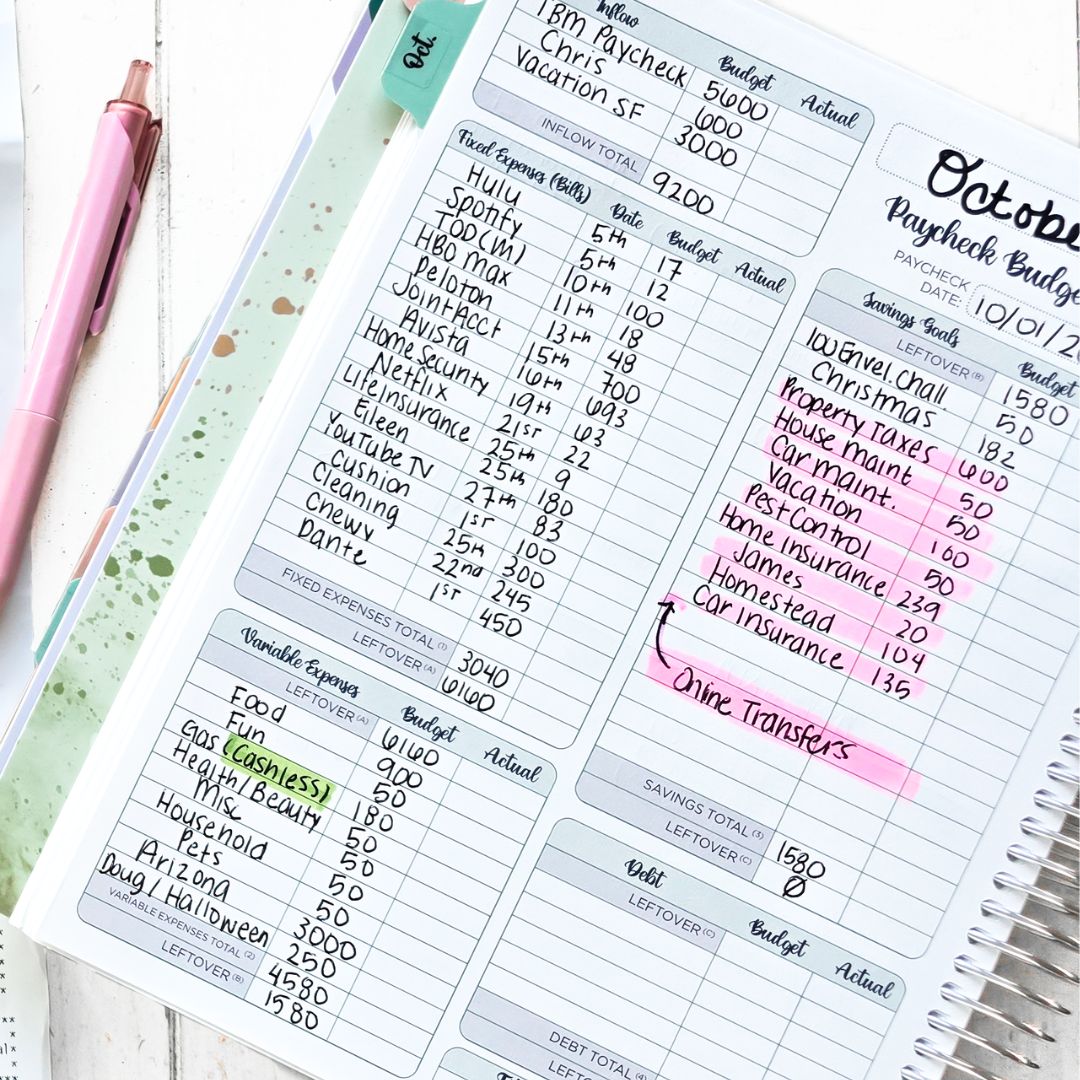November 6, 2024

One of the most common challenges people face today is managing their budget when their pay schedule changes. Whether you're transitioning from weekly to bi-weekly pay, dealing with irregular freelance income, or adjusting to a different payment structure due to a job change, these shifts can create stress and disrupt your financial stability.
The good news is, with a bit of planning and flexibility, you can create a budget that works, regardless of how often or unpredictably you get paid. This article will walk you through key strategies to help you manage your money and maintain financial control, no matter what changes occur in your pay schedule.
1. Understanding the Impact of a Changing Pay Schedule
Changing pay schedules can impact your ability to stick to a budget in several ways:
- Timing of Bill Payments: If you switch from weekly to bi-weekly or monthly pay, it can become more challenging to pay your bills on time, especially if your bills are due before your paycheck arrives.
- Cash Flow Gaps: When paychecks come less frequently, it can feel like there's a gap where you’re waiting on money to come in. This often leads to overspending or over-reliance on credit.
- Fluctuating Income: If you are transitioning to a commission-based or freelance job, the unpredictability of your pay can make budgeting even more challenging, requiring you to have a strong plan in place.
By understanding these potential pitfalls, you’ll be better equipped to take proactive steps to avoid financial stress.
2. Build a Buffer to Smooth Over Pay Gaps
The first thing to focus on when managing a changing pay schedule is to build a financial buffer, or what I call an account cushion. A buffer is an amount (determined by you – my cushion is $1,000) that you keep in your checking account to account for any bills higher than normal, an unexpected expense, or just anything that's unplanned.
Why You Need a Buffer
- Reduce Stress: Having a cushion to draw from prevents you from feeling the financial pressure during cash flow gaps.
- Avoid Debt Dependency: Instead of relying on credit cards or loans to make ends meet between paychecks, you can rely on your buffer.
- Smooth Out Irregular Income: Freelancers or commission-based workers can benefit greatly from a buffer. When you have a slow month, you can tap into this fund without derailing your financial plan.
How to Build a Buffer
- Save Incrementally: Set aside a portion of each paycheck, even if it’s just $50-$100, until you’ve built up your fund.
- Automate Savings: If possible, automate a transfer to your buffer fund each payday to make saving consistent and effortless.
3. Implement Sinking Funds
Sinking funds are a great way to plan for upcoming expenses that aren’t part of your regular monthly budget. A sinking fund is essentially a savings account where you set aside money for a specific purpose over time, like vacations, holidays, or annual insurance premiums.
Why Sinking Funds Are Important for Pay Schedule Changes
- Prepare for Larger, Infrequent Expenses: If your pay schedule changes, you may need to save for certain expenses (like property taxes or insurance) over a longer period. A sinking fund helps you set aside a small amount each payday so you’re not caught off guard.
- Stay on Track with Financial Goals: Whether your paycheck comes weekly, bi-weekly, or monthly, setting up sinking funds ensures you’re still saving for long-term goals despite the changes in pay frequency.
How to Set Up a Sinking Fund
- Identify the Expense: Decide what expense you’re saving for (e.g., holiday gifts, car maintenance, etc.).
- Calculate the Total Cost: Estimate how much you’ll need for this expense.
- Set a Timeline: Determine when you’ll need the funds.
- Break It Down by Paycheck: Divide the total cost by the number of pay periods between now and when the expense is due. For example, if the total cost is $500 and you have 10 pay periods until the event, set aside $50 per paycheck.
- Track Your Progress: Use budgeting apps or a spreadsheet to monitor your sinking funds. This helps you stay on top of saving and know exactly where your money is going.
4. Align Bill Payments with Paydays
One of the challenges with a new pay schedule is that your bills may no longer align with your paydays. Late fees and missed payments can start piling up if you don't address this issue quickly.
Strategies to Manage Bill Payments
- Change Payment Dates: Many service providers and creditors will allow you to change your payment due date. Contact them and adjust your bill due dates to align with your new payday schedule.
- Use Automatic Payments: Once you have your due dates adjusted, set up automatic payments from your account so you don’t miss any bills. Automatic payments can also reduce the stress of managing multiple bills with a changing pay schedule.
- Prioritize Essential Payments: If you’re short on funds between paychecks, prioritize essential bills like housing, utilities, and transportation. This ensures your basic needs are covered while you wait for the next payday.
5. Manage Variable Spending
Another tricky aspect of budgeting with a changing pay schedule is managing variable expenses like groceries, entertainment, and other day-to-day costs. These are often the areas where people overspend when cash flow is inconsistent.
Tips for Managing Variable Spending
- Use Cash Envelopes (or Digital Cash Envelopes): The cash envelope method can be a lifesaver for variable spending categories. By allocating a specific amount of cash for things like groceries and entertainment, you’ll avoid overspending. If you prefer a digital option, many apps allow you to create virtual cash envelopes.
- Meal Plan: Grocery costs are a significant part of any budget. Meal planning can help you reduce impulse purchases, use what you already have, and stay within your budget, especially when paychecks are spaced further apart.
- Reduce Discretionary Spending: During months when income fluctuates or paychecks are delayed, temporarily cutting back on discretionary spending (eating out, subscription services, etc.) can keep your budget in balance.
6. Reevaluate Your Emergency Fund
If your pay schedule has changed to something less frequent or more unpredictable, now is the perfect time to evaluate the size of your emergency fund. While a small buffer will help with minor gaps, an emergency fund will protect you from larger, unexpected financial hits.
How to Build or Rebuild Your Emergency Fund
- Set a Goal: Aim to save 3-6 months of living expenses, depending on your situation. This may take time, but it will be a lifesaver when the unexpected happens.
- Automate Savings: Treat your emergency fund like a non-negotiable bill. Set up automatic transfers to a separate savings account each time you’re paid.
- Cut Non-Essentials: If you’re struggling to build your emergency fund, try cutting non-essential expenses temporarily until you reach your savings goal.
7. Stay Flexible and Review Your Budget Regularly
When your pay schedule changes, one of the most important things you can do is stay flexible. Financial plans need to adapt over time, especially when your income fluctuates.
- Review Monthly: Take time at the end of each month to review your budget and see where adjustments are needed.
- Update Categories: If you notice certain categories are over or underfunded, make changes as needed.
- Expect the Unexpected: Be prepared for surprises, whether it’s an unexpected expense or a lower-than-expected paycheck.
